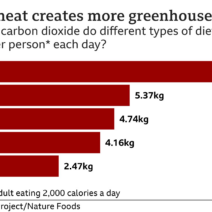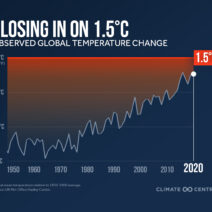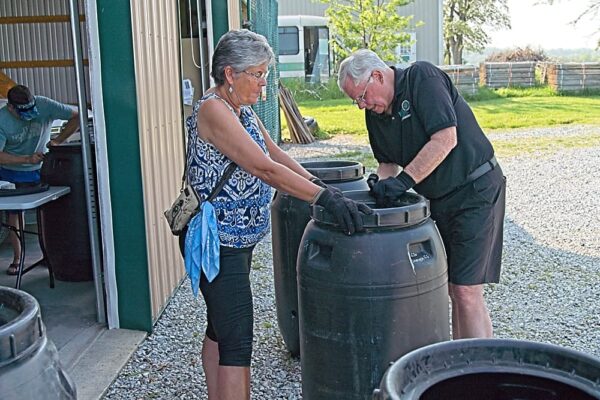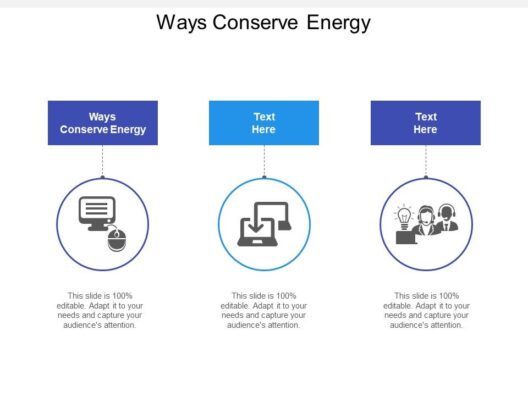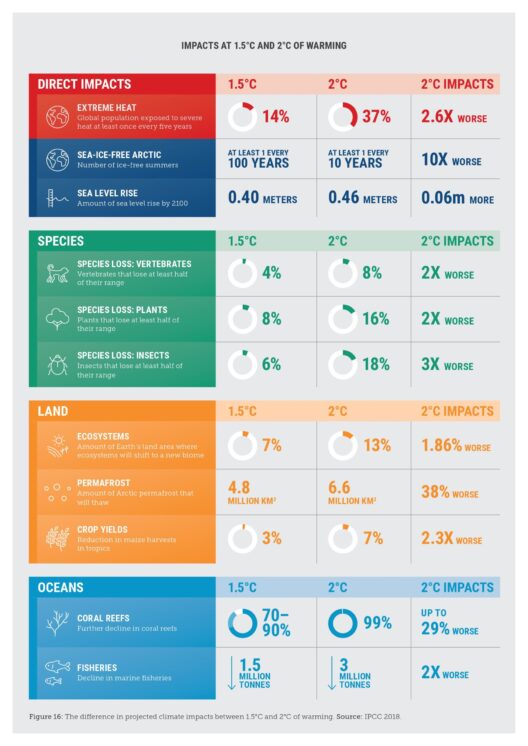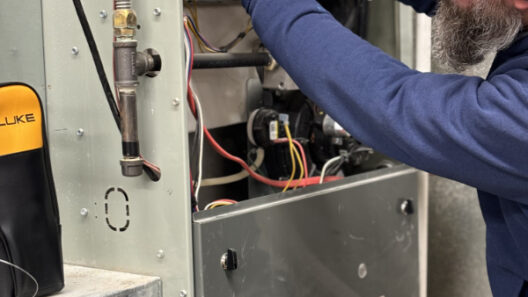Water conservation is often perceived through the lens of preserving a precious resource, a seemingly straightforward endeavor fueled by altruism and sustainability. Yet, beneath the surface lies a complex reservoir of interdependent processes, where water conservation intrinsically links to energy conservation. Indeed, conserving water does not merely save the liquid itself; it provides a vital means of safeguarding the energy that goes into its treatment, distribution, and use.
To comprehend this intricate synergy, one must first appreciate the energy lifeline that supports our water systems. Imagine a vast, interconnected web of reservoirs, treatment facilities, and distribution systems that stretch across landscapes. This web is powered by an array of energy sources, often fossil fuels, whose extraction and processing entail substantial environmental costs. Every drop of water we use is a node on this web, and each node absorbs a portion of the energy invested in its delivery. Thus, when we conserve water, we are simultaneously reducing the strain on this expansive system, curtailing the energy demands that accompany water usage.
The process begins at the municipal level. Water must be extracted from its source—be it a river, lake, or underground aquifer—treated to remove pollutants, and then transported to homes and businesses. Each stage of this journey demands energy, often provided by electricity generated from carbon-intensive sources. For example, according to estimates, the energy used for treating and pumping water can account for up to 30% of a city’s total energy expenditure. Thus, a reduction in water consumption can correlate with a significant decrease in energy use, analogous to pruning a tree to promote healthier growth.
Once water arrives at homes, it continues its role as a hidden energy heavyweight. Appliances and fixtures that utilize water—from washing machines to showerheads—mimic the rhythms of a concert, orchestrating the flow of energy as they consume both water and power. High-efficiency fixtures can markedly reduce water usage while simultaneously minimizing the energy needed for heating water, thus playing a dual role in promoting sustainability.
Moreover, the relationship between water conservation and energy is not limited to just household use. Agricultural practices also play a pivotal role. Agriculture accounts for approximately 70% of global freshwater withdrawals. Inefficient irrigation systems, combined with excessive water use, not only squander this precious resource but also necessitate the application of fertilizers and chemicals that require energy for their manufacturing and transport. By implementing more effective water management strategies, such as drip irrigation or rainwater harvesting, farmers can save water while simultaneously reducing their dependency on energy-consuming fertilizers. This symbiotic relationship showcases the necessity of conserving water as a means of conserving energy.
Urban landscapes offer opportunities for enhancing water conservation through innovative designs. Green roofs and permeable pavements are emerging as key strategies to integrate water management within city planning. These solutions do not merely enhance aesthetic appeal; they naturally absorb rainwater and slow its runoff, thereby reducing the need for extensive stormwater systems that rely heavily on energy. By embracing sustainable urban design, cities can cultivate a self-regulating ecosystem that minimizes energy consumption connected to water management.
Furthermore, the connection extends beyond direct usage. Water conservation has implications for climate resilience. As climate change intensifies weather patterns, regions face increasing instances of drought and flooding. In times of drought, water scarcity often forces communities to rely more on energy-intensive measures, such as desalination, to meet their water needs. Conversely, during flooding, excess stormwater challenges existing infrastructure and requires significant energy to manage and redirect. By ensuring efficient water use, communities can mitigate the drastic shifts in energy demand that accompany these climatic changes. It’s about crafting a prudent, interconnected strategy that shelters resources and prepares communities for future uncertainties.
Equally compelling is the notion of circular economy, where water and energy can be seen as components of an interconnected cycle. Wastewater treatment plants provide an excellent example of this synergy, where the energy can be harnessed from the waste treatment process itself. Biogas generated from organic waste can be repurposed to power the plant, thus minimizing reliance on external energy sources. This process not only fosters energy independence but also stresses the importance of efficient water management as a pathway toward sustainable energy production.
In the personal arena, everyday citizens play a crucial role in fostering this connection. Simple actions like fixing leaky faucets, taking shorter showers, or using water-efficient appliances contribute to a collective effort that echoes far beyond individual households. When a community embraces water conservation, it reinforces a culture of sustainability—one that prioritizes energy efficiency as an integral component of environmental stewardship. Each activation of a faucet, each washing cycle, becomes an opportunity to conserve. It’s the small ripples of effort that ultimately converge into a powerful wave of change.
In conclusion, the interplay between water conservation and energy savings is not merely peripheral; it forms the very essence of sustainable practices. By understanding and valuing this intrinsic connection, societies can forge pathways toward a future where both water and energy are utilized judiciously. This holistic approach illuminates the idea that conservation is not just a series of actions; it is a fundamental shift in our worldview, embracing the philosophy that every drop—and every joule—counts. By conserving water, we do far more than protect a resource; we protect the very fabric of our energy systems, guiding communities toward a more sustainable existence.

